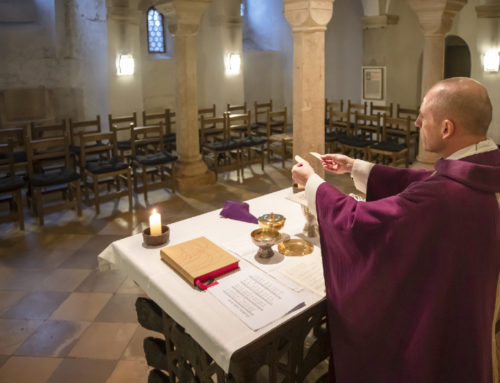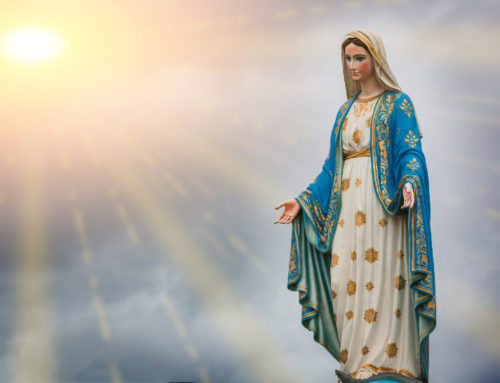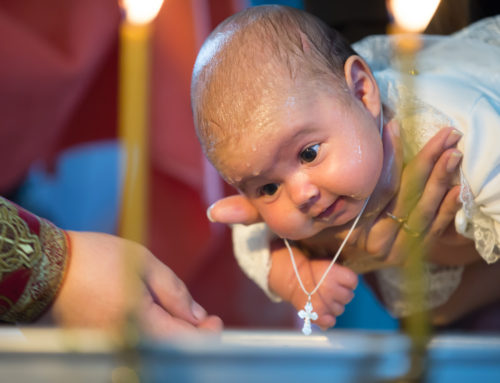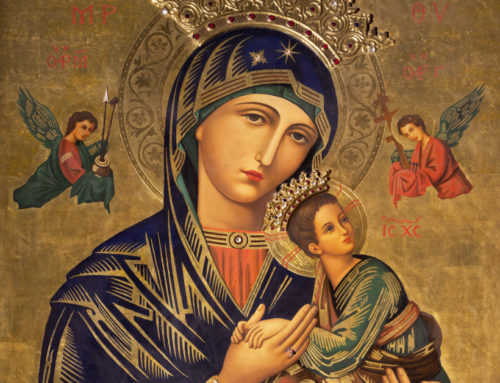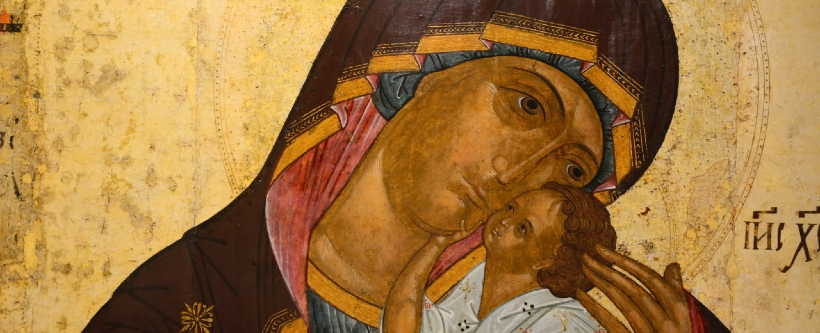
an antique Russian Orthodox icon
I’ve heard the term uniate. What does it mean and where did it come from?
The term uniate was originally applied and is still in use by the Orthodox in a negative sense. It refers to the Eastern Catholic Churches who had unified themselves with Rome at the expense of their union with the Orthodox Church.
This term more commonly used in uniatism, which was the designation for how the Church of Rome brought portions of the Orthodox Churches into communion. Uniatism has since been determined to be the wrong approach – and wrong term – to seeking reunion with the Orthodox and is no longer pursued by the Church of Rome.
What is the Balamand Agreement and what significance does it hold for us today?
The Balamand Agreement came out of the joint Catholic-Orthodox dialogue that has been going on for many years. The normal dialogue was set aside to deal with the issue of uniatism (see question above). this took place at the Balamand School of Theology in Lebanon during June 1993. Representatives of most of the Orthodox Churches met with representatives of the Catholic Church to discuss this issue.
As a result of their discussions, a short document was produced. This document, called the Balamand Agreement, lays out several important principles. First was that the Eastern Catholic Churches, regardless of how they came into being, have a right to exist. Second, the practice of uniatism or seeking reunion by “annexing” portions of the Orthodox Churches was wrong and was not to be pursued by the Catholic Church in the future. As was noted in the agreement, the process of uniatism did not grow unilaterally from the Catholic Church but was, rather, a response to various situations that are beyond the scope of this book.
The agreement also specifies that historically there have been many attempts at reunion, but none have been successful and some have even made things worse. Yet, the unity of Christianity is still a high priority because it reflects the prayer of Christ.
Now, this all sounds fine and good, but there are numerous issues. Not all Orthodox accepted this agreement. Among the issues they raised are the apparent unilateral agreement entered into by the ecumenical patriarch (the Bishop of Constantinople), the rejection of the idea that the church is split in two, and other lesser issues.
We have to remember that the ecumenical patriarch is not the “pope” of the Orthodox. He is the first among equals, which gives him primacy of honor, but does not grant him juridic (legal) authority over the other Orthodox Churches, nor does it give him the right to unilaterally speak for the other Orthodox Churches.
The other issue, that of the “split” of Christianity, is a sensitive one for the Orthodox. There are those who hold that the true church is the Orthodox Church and all who are not Orthodox are “without grace,” meaning they are not part of the church. Even the more moderate position of the Orthodox is that they know where grace is (in the Orthodox Church), but they do not know where grace is not. Consequently, they do not know if the Catholic Church has grace (is valid) or not.
In respect to the second part of the question, what effect this agreement has on us today, the answer is that it is simply another attempt to resolve an issue that, seemingly, defies all attempts. While the Balamand Agreement lays out what appear to be valid and constructive guidelines for ongoing dialogue, it is not, in and of itself, terribly useful for the resolution of the thousand-year-long schism.
Excerpt from Faulk, Edward. 101 Questions and Answers on Eastern Catholic Churches. (Paulist Press: Mahwah, NJ) 2007.

